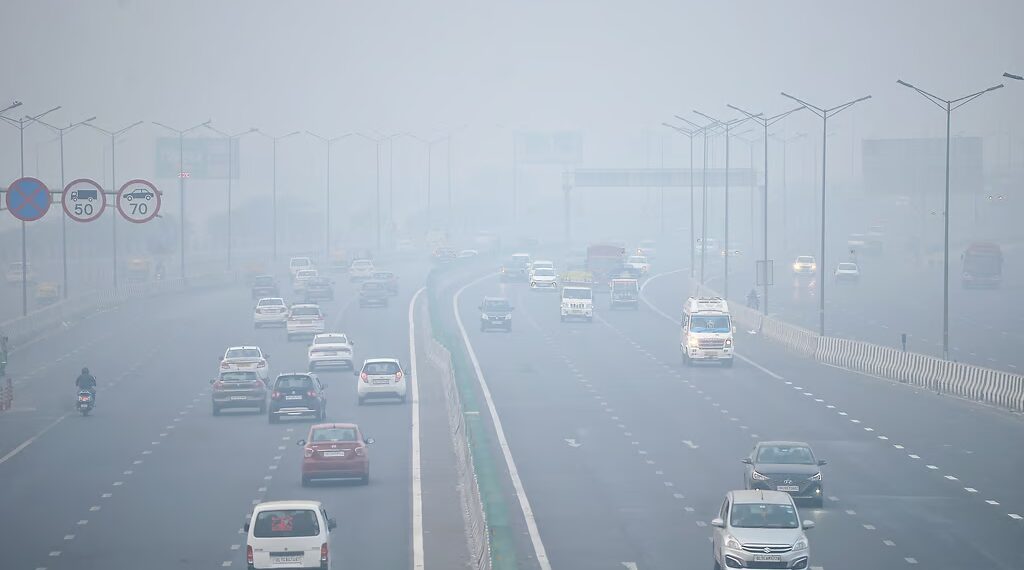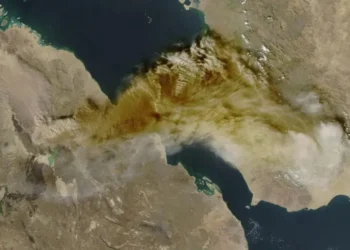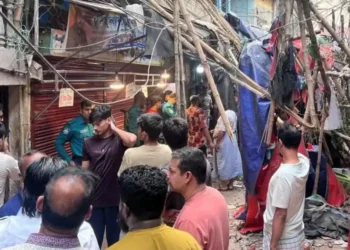Delhi’s Air Quality Remains in ‘Severe’ Category for Fourth Consecutive Day
NEW DELHI: The national capital continues to grapple with hazardous air pollution, as its Air Quality Index (AQI) remained in the “severe” category for the fourth straight day on Saturday. At 9 a.m., the AQI was recorded at 407, according to the Sameer app, which provides hourly updates from the Central Pollution Control Board (CPCB).
Understanding AQI Levels
The Air Quality Index measures air pollution levels and is categorized as follows:
- 0–50: Good
- 51–100: Satisfactory
- 101–200: Moderate
- 201–300: Poor
- 301–400: Very Poor
- 401–500: Severe
Delhi Government’s Measures to Combat Pollution
In response to the deteriorating air quality, the Delhi government implemented restrictions under Stage III of the Graded Response Action Plan (GRAP), introduced by the Commission for Air Quality Management (CAQM). These measures include:
- Ban on private vehicles: BS III petrol and BS IV diesel vehicles are prohibited on Delhi roads, with violators facing a fine of ₹20,000.
- Interstate bus restrictions: Diesel and petrol buses from NCR cities to Delhi are banned unless they are electric or CNG.
- Construction bans: Specific construction and demolition activities have been halted.
- Staggered office timings: Government offices now operate on adjusted schedules to reduce vehicular congestion.
Weather Update
Delhi recorded a minimum temperature of 15.3°C, slightly above the season’s average. The maximum temperature is expected to reach around 33°C. The India Meteorological Department (IMD) forecasted a clear sky with potential smog or shallow fog in the morning and night. At 8:30 a.m., the city’s humidity stood at 94%.
Air Quality in Neighboring Regions
The pollution crisis extends beyond Delhi, with several parts of Haryana and Punjab recording poor to severe air quality.
Haryana
- Jind: AQI at 410 (Severe)
- Bhiwani: 392 (Very Poor)
- Bahadurgarh: 383 (Very Poor)
- Panipat: 357 (Very Poor)
- Other cities like Kaithal (321), Rohtak (309), and Charkhi Dadri (297) reported AQI levels nearing the severe threshold.
Punjab
- Amritsar: AQI at 332 (Very Poor)
- Ludhiana: 218 (Poor)
- Mandi Gobindgarh: 233 (Poor)
Chandigarh showed slight improvement, with its AQI at 298 (Poor) at 10 a.m., after days of fluctuating between severe and very poor levels.
Farm Fires and Stubble Burning
Stubble burning in Punjab and Haryana, a major contributor to seasonal pollution in Delhi, continues unabated. On Friday, Punjab reported 238 incidents of farm fires, bringing the total to 7,864 for the season.
Farmers often resort to burning crop residue to quickly prepare their fields for sowing the Rabi crop, particularly wheat. This practice significantly worsens air pollution during October and November.
Call for Action
The alarming air quality highlights the need for long-term solutions, including stricter enforcement of anti-pollution measures, sustainable agricultural practices, and collaborative efforts across states. As Delhiites endure yet another season of smog and restricted visibility, urgent action is imperative to safeguard public health and the environment.
This article was rewritten by JournosNews.com based on verified reporting from trusted sources. The content has been independently reviewed, fact-checked, and edited for accuracy, neutrality, tone, and global readability in accordance with Google News and AdSense standards.
All opinions, quotes, or statements from contributors, experts, or sourced organizations do not necessarily reflect the views of JournosNews.com. JournosNews.com maintains full editorial independence from any external funders, sponsors, or organizations.
Stay informed with JournosNews.com — your trusted source for verified global reporting and in-depth analysis. Follow us on Google News, BlueSky, and X for real-time updates.














